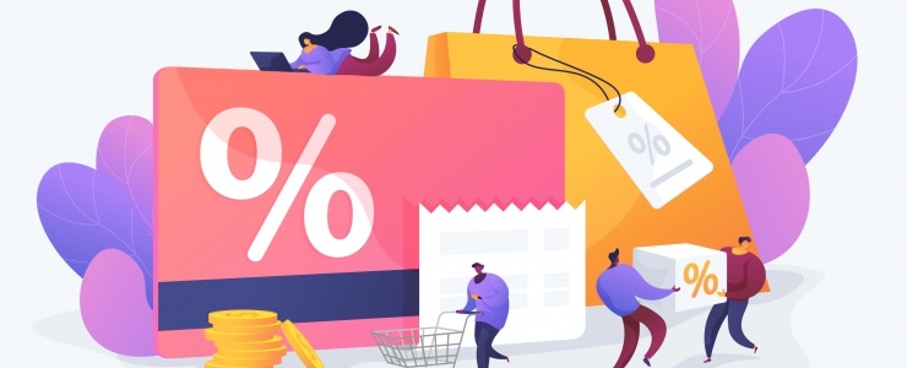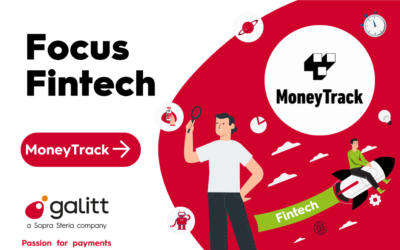Loyalty and payment: between personalization and fluidity

In line with the many innovations emerging in the payment world, there is a desire to modernize the loyalty programs we have known for a long time. Originally, these loyalty programs consisted of stamps placed in product packaging. The consumer kept these stamps in a book which, once filled, allowed them to access discounts on certain products. For a long time and still today the principle remains globally the same, even if it is obvious that these loyalty programs have changed their form with the advent of digital.

Loyalty, a personalized and less generic speech
One of the notable phenomena that has changed the shape of loyalty programs is the personalization of companies’ offers. Marketing speeches were originally designed to reach as many people as possible, without distinguishing between them. The objective was to massively broadcast these ads to reach as many consumers as possible. We used a quote from Henry Ford to illustrate the thinking of the time in a previous article and it remains relevant here: “People can choose any color for the Ford T, as long as it’s black. “It’s clear from this quote that the priorities at the time, at the dawn of industrialization, were not the same in terms of loyalty and marketing as they are today.
In 2021, this way of thinking has become obsolete. One of the big changes in the world of loyalty and advertising is the personalization of offers by companies to match as precisely as possible the expectations of each customer. It sounds complicated, but the goal is to personalize each offer as much as possible according to the target. One of the first ways to verify this practice is to browse the Internet and search for “red shoes” for example. After having searched for these keywords on search engines, you will have great chances to see advertisements for shoes in the dedicated spaces of the sites (Facebook, YouTube and many others have indeed advertising spaces on their pages).
The same is true for loyalty programs, which, in an effort to modernize their image, are now offering new ways to benefit from promotions.

New types of loyalty programs
Many Fintechs and companies are therefore looking at new ways to offer loyalty programs adapted to the digital era we live in. This renewal has been achieved by introducing more automated reward systems, linked to a payment method (card-linked offers) or to an account (account-linked offers).
This is the case of the financial services mobile application Lydia, which in association with PayLead, offers its users an interesting automated cash-back system. Cash-back is a fairly recent principle that consists in offering consumers an immediate discount on their online purchase if they are enrolled in a dedicated loyalty program. Partnerships will of course be required between brands and online retailers in order to offer these direct discounts.
The principle is therefore very simple: for each purchase made from a partner eligible for cash-back, the consumer will automatically benefit from rewards in euros directly credited to his Lydia account in our example. These rewards are often equivalent to a % of the purchase price. The experience is simplified and above all frictionless: everything is automatic and the consumer has nothing more to do than make the purchase and wait for the cashback.
Fintechs are not the only ones interested in these new loyalty programs: traditional banks have understood the importance of keeping up to date on these programs. Already competing on many services with neo-banks and new payment players, it is imperative for them to keep their customers’ data, the new black gold in the digital age. Société Générale has therefore partnered with CDLK to offer a cash-back program to its customers.
The clothing brand Etam also offers innovative ideas in terms of loyalty. In addition to the immediate in-store discounts offered by cash-back, Etam offers its loyal customers the opportunity to participate in outfit customization workshops or professional photo shoots. We immediately notice the desire to involve the customer in the world of the brand, so that the relationship between the brand and its customers is not limited to choosing an item, paying for it and leaving the store. The goal is to “bring the customer closer” to the brand and ultimately increase the chances that the customer will come back more often, influenced by the growing affection for the brand thanks to these programs.
As you can see, the way to capture and retain customers has fundamentally changed over time. Cash-back and loyalty systems have become more transparent, becoming part of customer journeys that must be ever more fluid.



